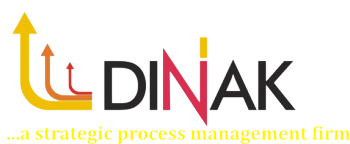Currently Empty: ₦0.00

Executives like myself constantly find themselves responding to a simple, almost formulaic question: where do you expect to take your organization in two years’ time? Most execs answer by pulling out their strategy documents and launching into their official presentations.
In my view, a more important question to ask is, how do you know you will get there? Corporate leaders, businesses, governments, entrepreneurs etc would come much closer to describing where their organizations will be in two years time by describing their current investments-the array of projects, programs and activities where they have chosen to apply the scarce resources of time, money, energy and attention. Put another way, the best indicator of strategic direction and future outcomes is an enterprise-wide look at what your company/organization is doing rather than what it is saying-what strategy makers are empowering people at the execution level to accomplish.
Don’t take my word for it? Just go back two years and look at the major activities that have been completed in any given organization including yours. Compare that record with the strategy the company was espousing two years ago (if anyone can remember). Chances are that the list of completed actions (initiatives, projects, programs, or work packages) along with another list of failed or aborted actions and those that were never undertaken, will offer a better explanation of the organization’s current position than its two-year old strategy documents.
What your organization is doing now-its De facto strategy-can be summed up by identifying the group of projects it invests in. This applies to not just the corporate organization (properly so called) but to individuals, to regions, to nations and as well as non-profit entities.
Therefore it goes without saying, that the project-the lowly project- is the true traction point for strategic execution. It is the project that builds new infrastructure, new company products, new systems, new skills, new alliances, new services, or new delivery mechanisms for internal an external stakeholders. Your company’s project portfolio is the only crystal ball to gaze into in order to determine its future value.
Be advised.
By Chuba Nkala



